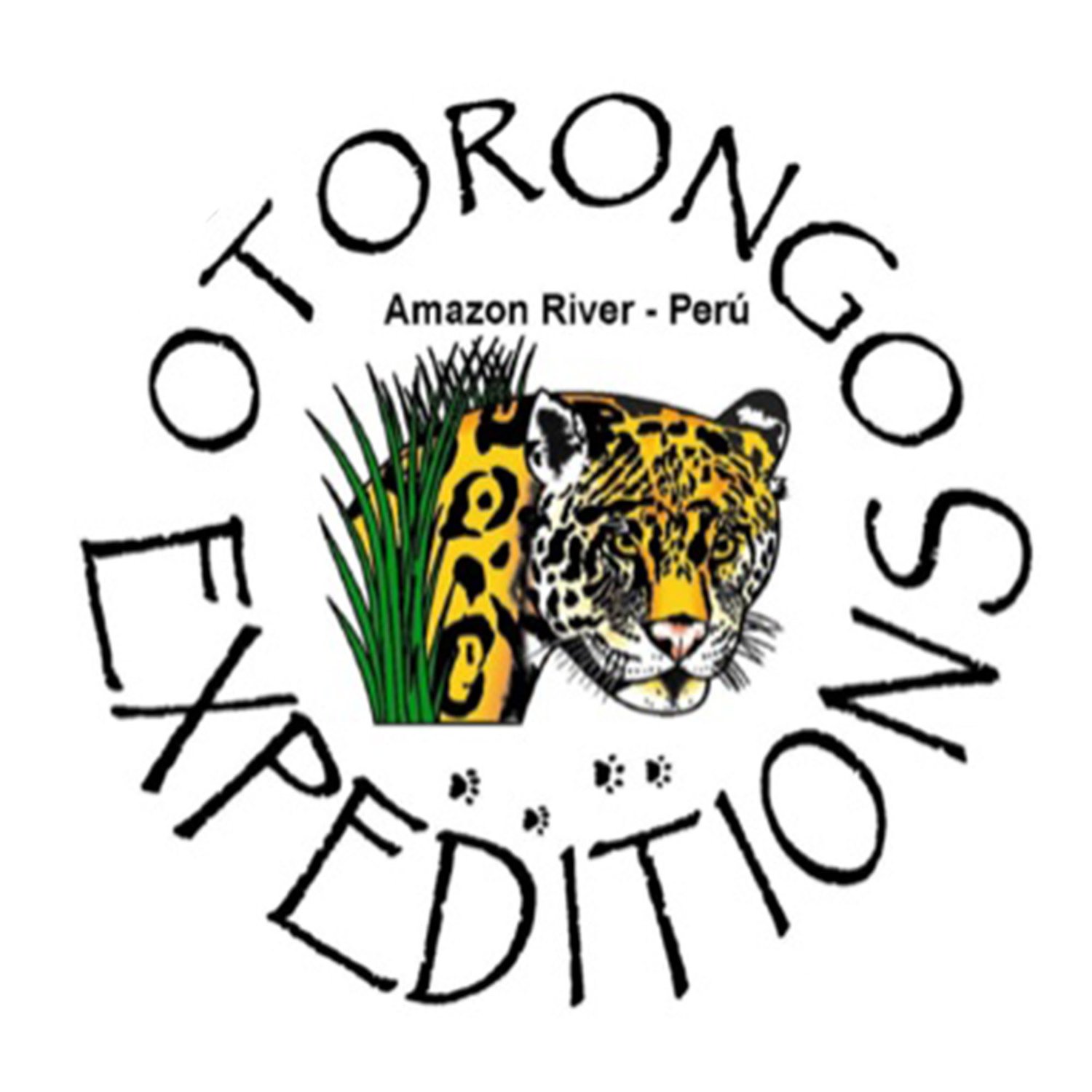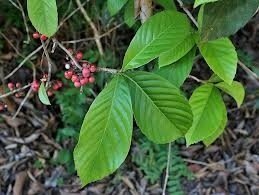Amazon jungle survival programs and their sustainability
There is a lot of demand nowadays for survival programs here in the Amazon. The are many companies to choose from but what is the right choice?
When looking into a survival program, the correct thing to do is not leave much of a footprint on the areas that you visit.
The whole of the Amazon is populated where access is easy even in places that are easily accessed in the peak of the high water season. Wherever there is a space between towns, or rivers cities, there are river communities. People from communities spread out into the forest and headwater rivers for resource extraction. For a local, walking ten hours into the deep forest is not a hard task.
Don't forget this,there are over a million people that actually subsist on the rainforest resources and many million more that live in urban and go to the forest for their work.
There are a lot of irresponsible companies that let loose tourists with poorly trained guides that kill anything in site to eat and exploit forest resources. I have witnessed deranged travelers boasting about the things they have eaten like monkeys, sloths, macaws and the absolute worst a harpy eagle! This is not a sustainable practice. The are things you should and shouldn't do. Being an outsider with knowledge of what we humans are capable of doing to our world,you should be more sensitive to the management problem that exists.
A jungle survivor program should be more similar to a week long field research expedition. You would have to take some supplies to make sure that you are not upsetting the balance of your research subject. You can not just go and want to starve yourself either, your guide needs to eat too! I know of a few very good guides that resent their company and clients when it comes to leading jungle survival trips. In a month, these guides may spend twenty- twenty-five days a month subsisting with three or four different groups of tourists. Needless to say, each group needs to go and exploit in a different area because they are finishing off the easiest resources in a given area.
Not to mention that the jungle guide is losing weight because of his restricted diet and physical exertion. The guide needs to take along his own supply of food and actually needs to eat it in private. People who have not experienced hunger before will act strangely, even revert to a child like manner to get what they want.
Hypothetical nighttime situation when all go to rest
Guide: crinkle crinkle of snack wrapper
Hungry tourists: hey did you hear that? It sounds like Carlos is eating something!
Guide: munch munch munch and the munching reaches quicker intervals as he realizes the hungry tourist have noticed his feeding.
Hungry tourists: let's storm his bed and steal his food,scavenging is a form of survival don't you know? Attack!
When we take people on survival programs, it is basically camping with a slightly less amount of food comforts. We generally take rice,beans, fariña, salt, a few limes,canned meat,cooking oil,tomatoes, potatoes, onion,garlic, instant soups,frying pan, soup pot and some spices.
For camp gear we take tarps and mosquito nets for sleeping. For the longer trips into unknown areas, some opt to make their own sheltering of sticks, vines and palm leaves. Yet if someone is just going out for two nights, we will not construct a rustic shelter, more likely you will camp in an area where we have one built to reduce the amount of cutting.
On some trips but not every, we manage to eat some wild caught animal protein such as fish or jungle rat. This is managed. Your guides know what is fair game and what is off limits
What's fair game? On occasion, one of your local guides may go hunting, it is something they always do and will more than likely take home to feed their family too. Agouti and paca are two very abundant mammals found in central and South America,there are also many small rodents that are super abundant. I have no problem with the consumption of these animals, they are plentiful even near populated areas. If you show interest in spearing small game or fish, just let your guide know and you may take the opportunity to make a spear and land your meal. But do not go and kill things for no purpose. That's just irresponsible
More often consumed by guests is fish. Fish are a excellent source of protein and are abundant in even small creeks. We could spend hours showing different techniques how to catch fish when you have no line or hooks( no plant chemicals, or explosives). When it comes to the use of plants for fishing,we would prefer to show you how to recognize barbasco and act out the process of extraction rather than cutting the plant and introducing it to the water.
There is more than just barbasco out there, you can build fishing weir, spear or funnel trap. The forest is a pharmacy, supermarket and hardware store all in one..
It would be nearly impossible to starve if you are near a river and have the slightest amount of drive to survive.
There is always something to eat even if it is insects! A very good sustainable survival food are grubs. There are many palms that provide insect protein and other nutrients from their seeds. The seeds have four chambers inside where you can find the wasp larvae grubs.If there is no wasp, there is a coconut like material that is also nutritious and edible. If you happen to come across any type of fallen palm, chances are that there may be some huge American palm weevil larvae within the rotting trunk(40 -60 days after the palm has fallen)
The oil palm shapaja (Scheela cephalotes) is very useful, not only a source oil, you can make a complete shelter with its thatch. If indeed you are lost, have no clue where you are, you can live off a shapaja grove for quite some time. You may get bored after a while seeing how tapirs and peccaries do not make good conversational company but at least you would have a renewable source of protein,raw material for shelter and fish bait.
When it comes to water, a very good source is the many species of water bearing vines or trees. It is important to recognize exactly what vine it is because a mistake could yield a tasteless water filled with poisonous compounds that could ruin your week. Always it is better to harvest water for vines or trees in the early morning or at dusk. During the day, the liquid found in plants retreats for the most part to the roots where there will be zero loss of moisture. During the day, leaves at the top of the trees will lose moisture in the hot sun. If you cut a vine or a root at mid day, it is a waste and very little liquid will flow.
I personally recommend cutting the vine at dusk so you can obtain lots of water and you can also re-plant the severed vine in the ground to give it the best chance to re-root and flourish. It's small things like this that can make your survival program more sustainable.
Another excellent way to obtain pure drinking way is from the stilt roots of the Cecropia tree. These pioneer tree species are one of the first to grow in new soil. They grow very fast and are super common in almost any area. The same principle applies here, cut early or late to get the most liquid out. From one 3ft section it is possible to get almost one liter of water depending on the girth of the root. This method does not kill the tree and is a great option for sustainable hydration.
I hope you are getting my point,it's the wise use of resources.
Now there are a lot of people who will read this and disagree , some may say that nothing should be touched and others would say that the resource is inexhaustible.
Both have their points but to say that nothing can be touched is difficult. You would have to understand the resilience of the forest and its inhabitants. An area managed for lumber can be exploited responsibly and leave little to no trace of its existence after one hundred years go by.
Others who think that a pure extraction is inexhaustible are completely wrong. There is a carrying capacity of the Amazon and it is being exceeded, measures are being taken for better management but as always, politics and big business are the priority and they more often than not, rule out the voice of reason and logic.The amazon is not an endless supply of resources, with the rate of human multiplication in tropical areas, it is necessary to put in measures of management and conservation.
To learn more about our survival programs, camping , trekking or expeditions , please contact Anthony Giardenelli
Otorongo Expeditions








